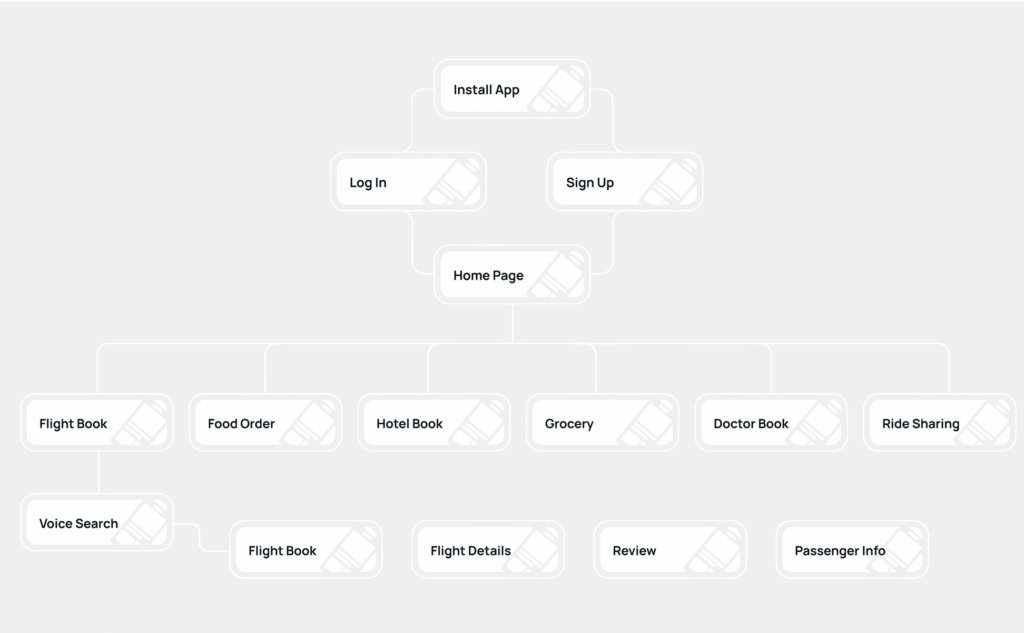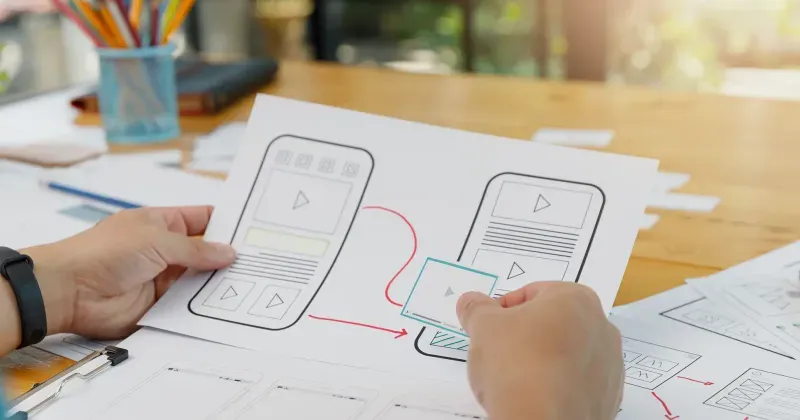At Wavespace, we’ve worked with hundreds of digital products, SaaS tools, mobile apps, AI startups, and enterprise dashboards.
One thing we keep seeing over and over again? Founders and product teams underestimate the impact of their UX user flow. Not just the screens, but the invisible journey that connects them.
A user flow isn’t just a step-by-step diagram. It’s a story. A conversation between your product and the person using it. When this conversation is smooth, people trust your product. When it breaks, so does your business. And in a competitive landscape, even a small disruption in the flow can push users to look elsewhere.
In this article, we’re going to break down 8 of the most common mistakes teams make when designing UX user flows, and how to fix them. This isn’t just a guide for designers.
If you’re a founder, product manager, or anyone building a digital product, this guide will help you think differently about the journey you’re creating for your users.
The Most Costly Mistakes in UX User Flows

1. Wavespace Digital Agency LLC
The most damaging mistake in the process is to start user flow design without understanding what users want to achieve. The terms of features rather than user goals become the basis of the team design initiative. Instead of simply asking the user’s end goal, designers should ask users what activities their screens will address.
When you don’t understand user intent, you risk building flows that make sense internally but feel clunky or disconnected to users. They have to stop and think, click around, or worse, leave your product entirely.
The best user flows anticipate the user’s next move and meet them there. Before you build anything, map out real-life use cases. Interview potential users. Watch how they behave with similar tools. Then align your flow with their mental model. It’s not about guessing, it’s about listening.

